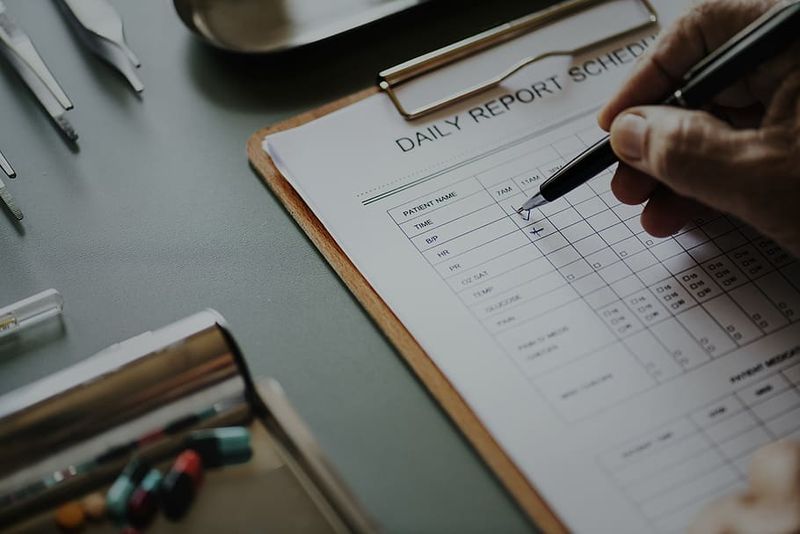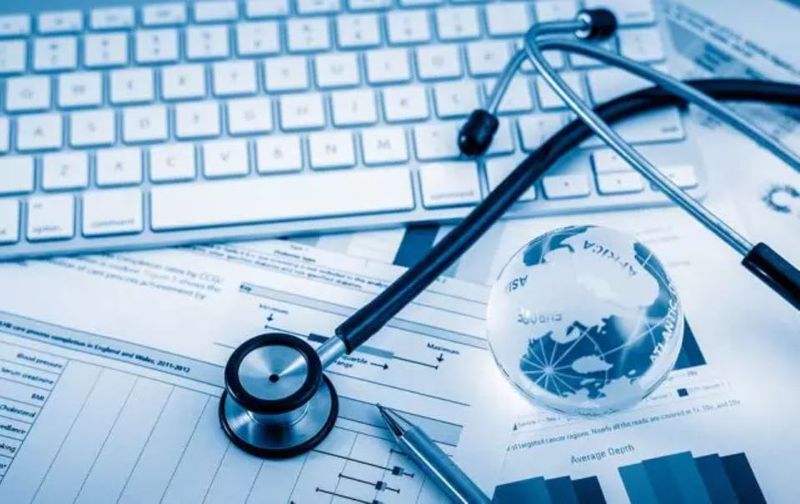The coronavirus disease known as COVID-19 has changed life as we know it in more ways than we can count. One impact has been a huge spike in demand for certain services. Delivery shopping and at-home learning resources have seen enormous surges in interest. So have medical translation and interpretation services, according to the Tomedes translation agency.

Why is medical translation important?
Medical translation is the conversion of medical information from one language to another. It differs from general translation in that it includes complex medical terminology than a more generalist translator may well not be familiar with.
Working as a medical translator requires the utmost skill with languages. A mistake could put lives at risk. The same is true of medical interpretation.
What is the difference between the role of a medical interpreter and that of a medical translator? Quite simply a medical interpreter deals with spoken language while a medical translator deals with written language (or language captured on an audio file, video, webinar, or similar).
What is the role of an interpreter in healthcare? The medical translator and interpreter’s role is to share information between medical professionals, those receiving treatment, and other interested parties, be they family members, insurance companies, pharmaceutical companies or similar.

Where does medical translation fit into the coronavirus pandemic?
There has rarely been such a sustained global need to share medical information swiftly and accurately. Only the needs of war-torn regions can really compare to the kind of spikes in demand for medical translation and interpretation services around the globe that we have seen since the COVID-19 pandemic took hold.
Medical translation needs as part of the pandemic are often complex. Firstly, there is the need to share medical information between healthcare providers, as each country seeks to find out all it can about how the coronavirus disease spreads, strategies for treatment (including discoveries about treatments that haven’t worked), ways to minimise harm and much more. This kind of translation must be 100% accurate, as must all undertakings in this field.
Communities of medical professionals in different countries are also in contact regarding their work on a potential vaccine for the coronavirus disease. According to Gavi (The Vaccine Alliance), at the time of writing, there are at least 70 candidate vaccines being worked on, with five being tested in clinical trials on humans. One of those five has made it to the second phase (of three) of human trials in Wuhan, China.
Such work requires intense cooperation between medical professionals who speak a vast number of different languages. All are working towards the same thing and timely, accurate communication between them has the ability to benefit the whole of humankind. Medical translators and interpreters are playing their part by knitting together groups or professionals who have a goal in common but not a language.

The personal side of medical translation
Then there’s the human side of medical translation and interpretation. All around the world, there are desperately unwell people in hospitals where the doctors and nurses speak a different first language to the patient. Some fell ill while on holiday. Others might not speak the first language of the country they are living in well enough to understand complex medical conversations – or even at all. One can only imagine how much more terrifying the situation becomes when this is the case.
Medical translation and interpretation can play a huge part in helping these individuals to understand what is happening to them, to hear about the treatment that they are being given, to understand any potential side effects of medications and timescales for treatment and recovery.
Such services also allow the patient to be understood, as well as to understand. From warning doctors about any allergies and underlying health conditions to explain how they feel, access to professional translation and interpretation services in a medical setting has the potential to make a massive difference to the patient’s mental and physical wellbeing.
Family members also come into the picture here. Medical professionals who need to talk to a patient’s next of kin may not speak the same language as that individual. How, then, are they supposed to communicate in a clear and empathetic manner about the patient’s condition?
Given the sensitive and often distressing nature of such work, medical translators and interpreters must possess not only superb language skills but also sufficient empathy to convey difficult news in as gentle a manner as possible. They must also be strong enough to deal with the emotional impact of being part of such a process, both on a case by case basis and over the longer term.
Other medical translators and interpreters may find themselves liaising between medical facilities and insurance companies, and/or between insurance companies and their clients’ families, as demand requires.

The effect of COVID-19 on medical translation
Translation agency Tomedes cites situations such as those described above as examples of the way in which the coronavirus disease is increasing demand for medical translation services around the globe.
At the time of writing, coronavirus is affecting 210 countries and territories. Those locations encompass a huge range of linguistic needs, in terms of both international and domestic communication. That means that language service providers aren’t just having to provide translations in the languages that they are usually called on to translate most (Spanish, Chinese, French, etc.) but in less frequently demanded languages too. Tomedes provides an example of an English to Rohingya COVID-19 translation, where the translated document had to be an audio recording due to the lack of written language to express the client’s needs sufficiently.
With the coronavirus disease here to stay – at least for now, with mass vaccine production realistically at least a year away – the need for medical translation looks set to continue over the coming weeks and months. Indeed, it will play a key role in the fight to slow and, hopefully, one day stamp out COVID-19 altogether.


